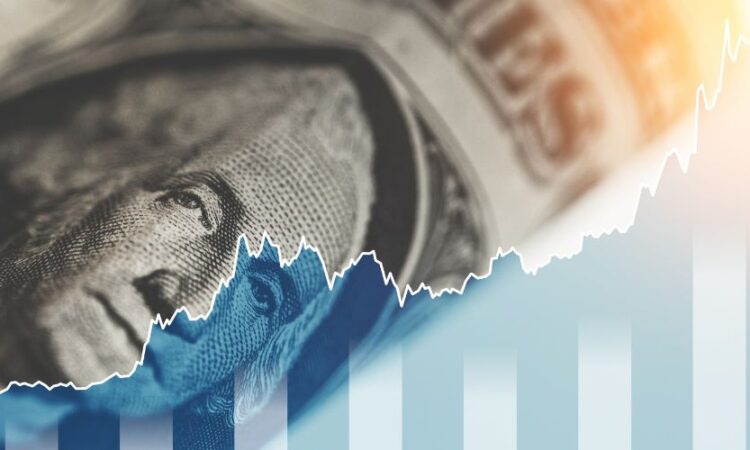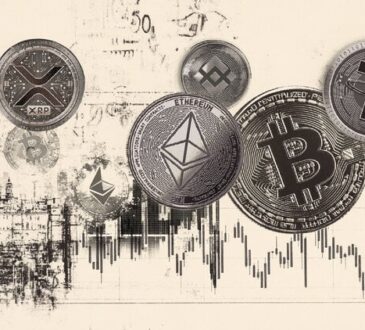
The DXY Index, a key barometer for the US dollar’s strength, offers vital insights into global economic trends and investor sentiment, shaping financial decisions worldwide.

In the complex tapestry of the global financial markets, the DXY Index stands out as a crucial gauge of the US dollar’s relative strength against a basket of major world currencies. Also known as the US Dollar Index, it tracks the dollar’s performance against currencies like the Euro, Japanese Yen, British Pound, Canadian Dollar, Swedish Krona, and Swiss Franc. Understanding the movements of the DXY Index is essential for investors, economists, and policymakers as it provides a snapshot of the US dollar’s global standing and offers predictive insights into international trade, investment flows, and economic health.
The significance of the DXY Index extends beyond merely tracking currency movements; it acts as a barometer for the US economy’s health and, by extension, the global economic landscape. A rising DXY Index indicates a strengthening US dollar, which could suggest a growing US economy or increasing investor confidence in the United States. Conversely, a declining DXY Index might point to a weakening dollar, potentially reflecting a slowing US economy or diminishing investor confidence.
Several factors influence the DXY Index, including interest rate differentials, economic data releases, geopolitical events, and market sentiment. Interest rates are particularly impactful, as higher US interest rates can attract foreign capital, boosting the dollar’s value and, consequently, the DXY Index. Similarly, strong economic data from the US, suggesting robust economic growth, can also elevate the index.
Geopolitical tensions and uncertainty tend to have a dual effect. They can lead to a “flight to safety” phenomenon, where investors flock to the perceived safety of the dollar, driving up the DXY Index. Alternatively, protracted geopolitical issues involving the US might erode confidence in the dollar, dampening the index’s performance.
Market sentiment, shaped by the collective outlook and reactions of global investors to economic indicators and geopolitical developments, also plays a critical role. Positive sentiment towards the US economy and its currency can bolster the DXY Index, while negative sentiment can weigh it down.
For investors and financial analysts, the DXY Index serves as a vital tool for making informed decisions. For example, a strengthening dollar (reflected in a rising DXY Index) could hurt multinational corporations by making their exports more expensive and reducing the value of overseas earnings when converted back to dollars. On the other hand, a weakening dollar can benefit these corporations, as well as commodity markets priced in dollars, by making commodities cheaper for holders of other currencies, thus potentially driving up demand.
Additionally, the DXY Index is closely watched by the Federal Reserve as part of its monetary policy formulation process. Significant changes in the index can influence the Fed’s decisions on interest rates, which in turn affect economic activities such as borrowing, spending, and investing.
In conclusion, the DXY Index is more than just a measure of the US dollar’s strength against a basket of currencies; it is a mirror reflecting the multifaceted interactions of global economic activities, investor sentiment, and geopolitical events. For anyone engaged in the financial markets, understanding the dynamics of the DXY Index is paramount. It not only aids in assessing the immediate impact of economic developments but also in strategizing for future investments, hedging against currency risk, and making informed policy decisions. As the global economic environment continues to evolve, the DXY Index will remain an indispensable part of the financial world’s toolkit for navigating the ever-changing currents of international finance.




